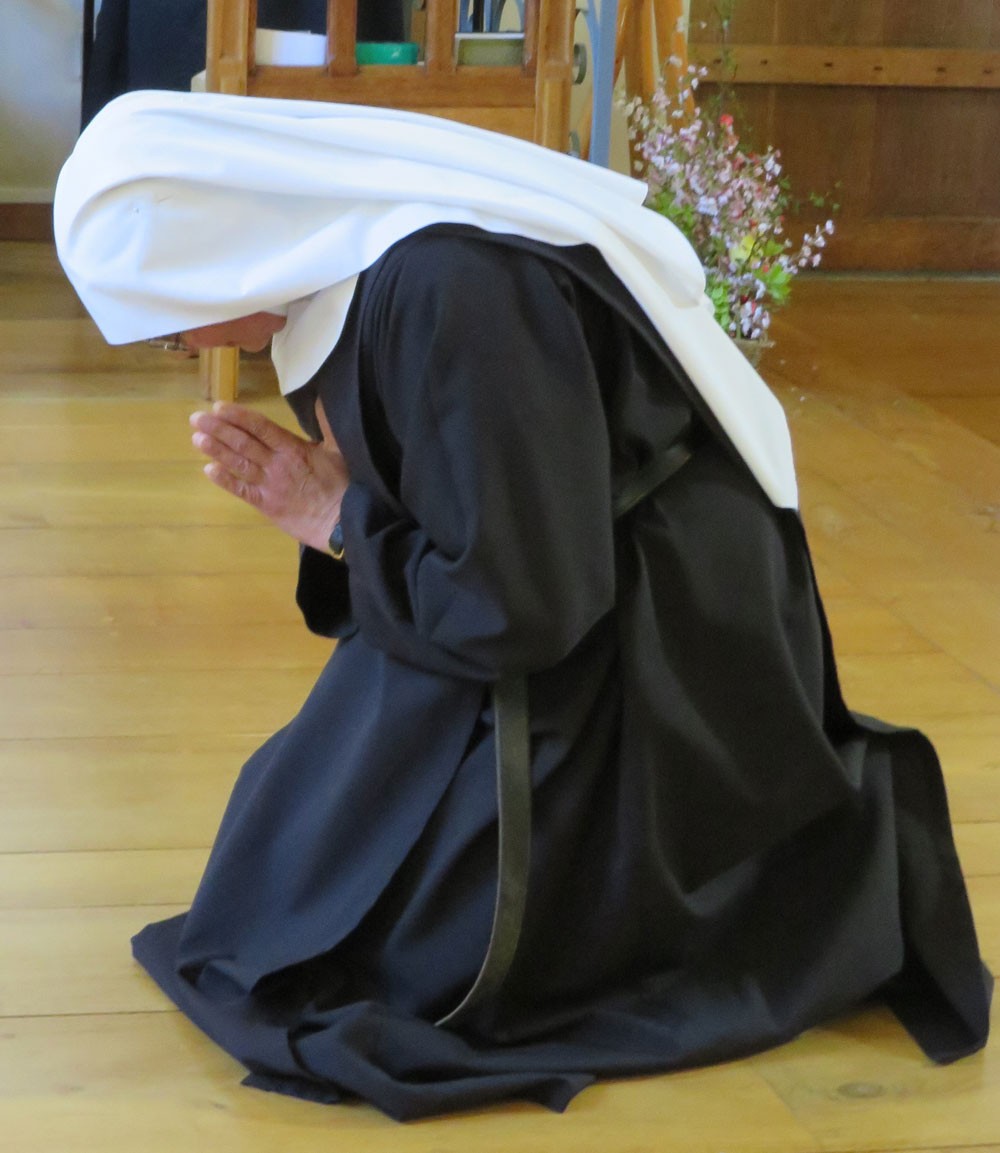Rite of Religious Profession – Part I
National Liturgical Council

The media has a great fascination with women religious. At events such as papal celebrations the camera always focuses on nuns in their habits. Movies such as Nuns on the Run and Sister Act keep an image of religious life before the eyes of the public. Many people struggle to understand what this life is really about. Is it still relevant in the church of the 21st century? What are people doing when they commit themselves to this way of life?
Beginnings
In the early centuries of the church some Christians desired to live out their baptismal calling through commitment to Christ alone. They left their possessions and their families and went to live in an isolated place, in a cave or in the desert. Some of these people lived as individuals; others joined together in a community way of life.
This communal form of living became known as ‘religious life’ or ‘monastic life.’ It includes brothers, monks, priests, sisters and nuns. Some men join a particular religious order which may include an option to live as a brother or monk or the option to become an ordained member of that community. In this case they participate in the rites for Religious Profession in addition to the Rite of Ordination.
This communal way of living takes many different forms, each of which has its own particular characteristics and emphases.
The Rites
Over the centuries the Church began to recognise these as particular ways of living out the call of Jesus Christ. Therefore, the Church sets out official texts through which people make these same kinds of commitment.
All of the rites flow from Baptism since this Sacrament calls every person to follow Christ in their life. Religious Life is only one way of living out the Gospel message. This is why it is not considered a separate Sacrament as is Marriage. Since the Easter season is the prime time to celebrate initiation it is also the preferred time to celebrate the Rites of Religious Profession.
All of the major rites should be celebrated in the presence of the local assembly to indicate their significance for the whole church. Some of them require the bishop to preside, while in others the leader of the particular religious congregation is the more appropriate person.
This article was originally published in ‘Vocations & Ministry. © Diocese of Parramatta. 2005, 2007. Reprinted with permission.
